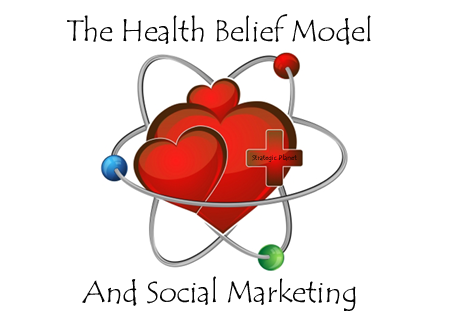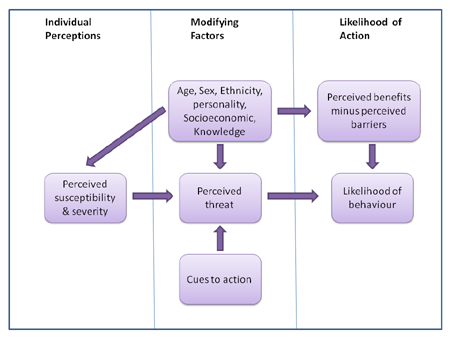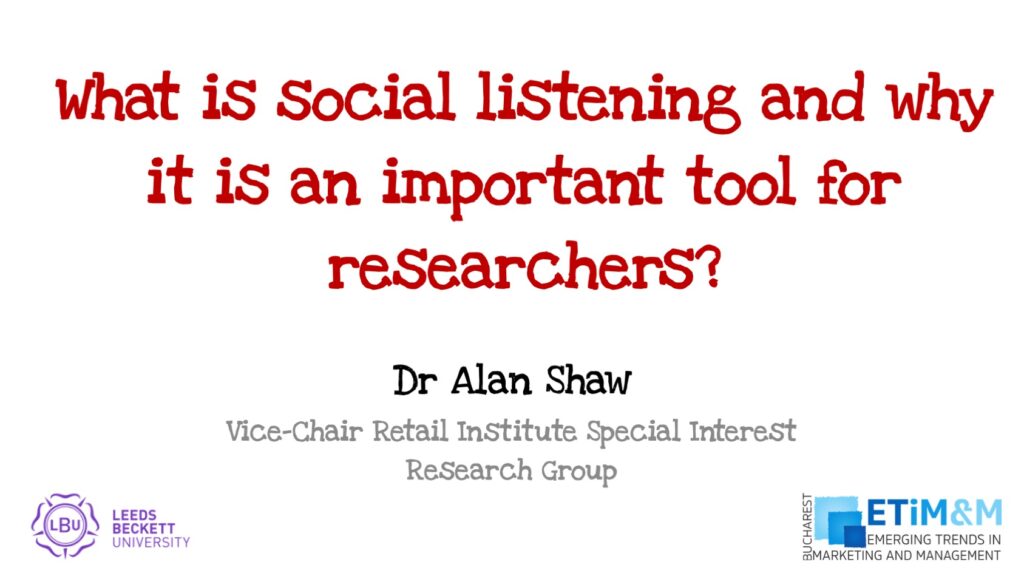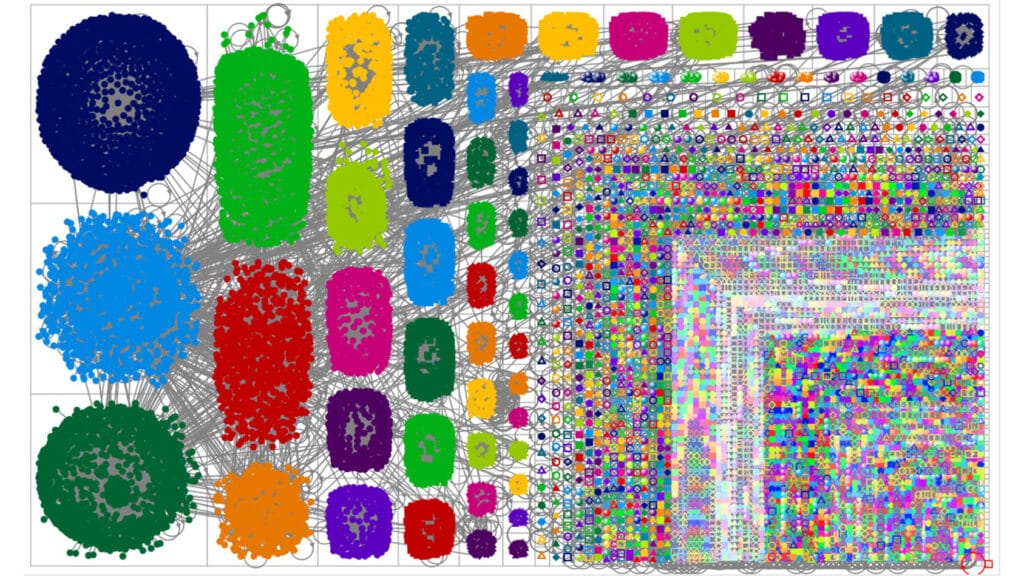As you may be aware social marketing is made up of four key categories: environment, social, safety and health. I would argue that each has different drivers that shape the framework needed for practitioners to successfully deliver an effective campaign. This blog is the first in a series, looking at the external theories and models that social marketers should consider when developing their programmes.
The focus will be on the health category of social marketing and it starts with a review of the health belief model (HBM). The HBM was first introduced in the nineteen fifties by a group of psychologists who were trying to establish why a free tuberculosis health screening program had failed to engage the general public ([tooltip content=”Rosenstock, I. (1974). Historical Origins of the Health Belief Model. Health Education Monographs. Vol. 2 No. 4.” url=”” ]Rosenstock[/tooltip]). It is in fact the most commonly used theory for health education and promotion ([tooltip content=”Glanz, K., Rimer, B.K. & Lewis, F.M. (2002). Health Behavior and Health Education. Theory, Research and Practice. San Fransisco: Wiley & Sons.” url=”” ]Glanz, Rimer and Lewis[/tooltip]).
As we can see from figure 1, the HBM is made up of four constructs:
• Perceived susceptibility.
• Perceived severity.
• Perceived benefits.
• Perceived barriers.
Perceived Susceptibility.
This is based on an individual’s perception of contracting the condition (or the condition getting worse if they have already been diagnosed with it). If their perceived susceptibility is high then they are more likely to change their behaviour to reduce the risk of contracting the condition (or to help curtail an existing condition).
Perceived Severity.
The condition’s severity is down an individual’s evaluation of the condition and how it will impact them. It is fair to say that an individual’s assessment of the severity will vary. Age, sex and current state of health are all likely to play an important part in the positioning of the scale of severity, although there is no evidence to back this up. The variation of this construct in the community means that social marketers must vary their campaigns for each targeted market segment. The trick is to identify some form of grouping: marketing research will be key.
Perceived Benefits.
The benefits relate to the positive outcomes from adopting the behaviour change. This is factor allows social marketers to develop and build key messages for their target market. Marketers need to understand if particular segments have the same beliefs in the benefits. They also need to understand what value is placed on these benefits: the higher they are the more likely they are to change (they must be higher than the perceived barriers).
Perceived Barriers.
The perceived barriers will vary by individual, they encompass all those factors that discourage the adoption of the desired behaviour change. In social marketing terms this is seen as the “competition”. It could be argued that it is the most important factor getting individuals to change.
Within this construct there is the element of cost, in social marketing terms it is seen as the “exchange(s)” needed gain the benefit. If we relate it to the commercial arena it would be classed as the price, unfortunately it is unlikely that social marketers will be able to adopt any discounting programmes to entice individuals.
That in a nut shell is the health belief model: a relatively simple concept to understand. Unfortunately it is the vast variations in the community and the complex psychological differences that cause the problems for social marketers. There is also a criticism that the HBM does not take into account any of the social and/or economic significances at a given time.
References:
Glanz, K., Rimer, B.K. & Lewis, F.M. (2002). Health Behavior and Health Education. Theory, Research and Practice. San Fransisco: Wiley & Sons.
Rosenstock, I. (1974). Historical Origins of the Health Belief Model. Health Education Monographs. Vol. 2 No. 4.
Related articles:
- Protection Motivation Theory.
- What is Social Marketing?
- The Social Marketing Dilemma.
- Social Marketing Campaigns within the NHS.
Alan Shaw
Latest posts by Alan Shaw (see all)
- What is social listening and why it is an important tool for researchers? - July 31, 2021
- COVID-19 and Remote Learning: Experiences of parents supporting children with SEND during the pandemic. - June 30, 2021
- Using Netnography To Evaluate The Launch And Collapse Of The European Super League - April 21, 2021
- Developing Semi-Structured Interview Questions: An Inductive Approach. - April 9, 2020
- Developing Semi-Structured Interview Questions: A Deductive Approach - April 9, 2020
















